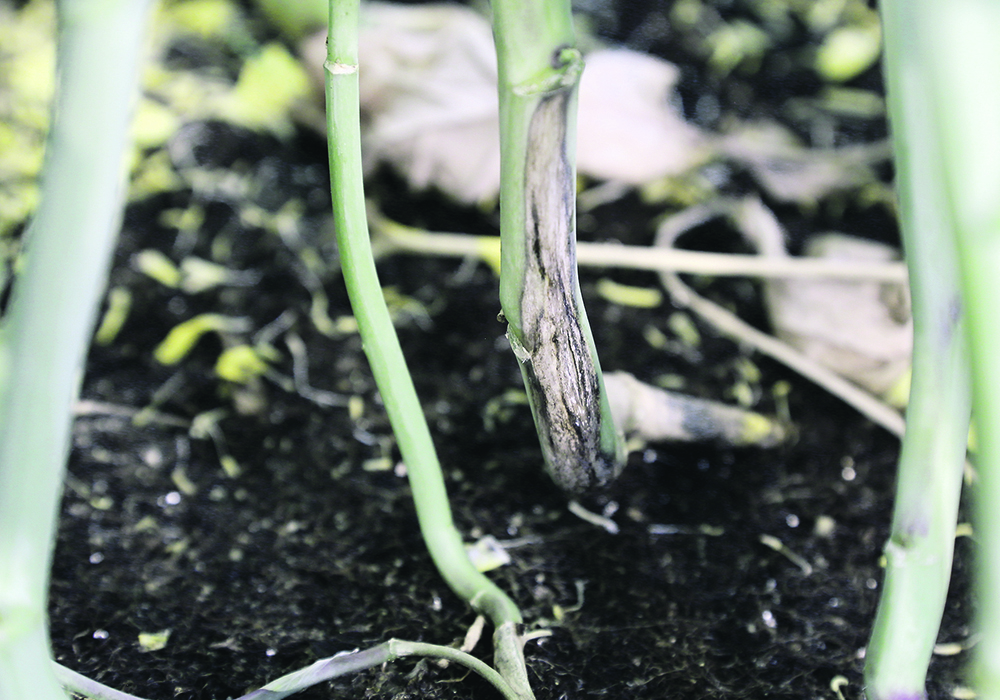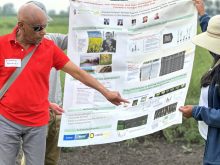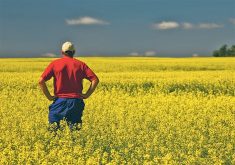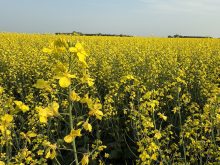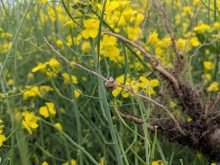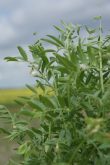WINNIPEG — The wet spring on the Prairies provided nearly “perfect” conditions for blackleg to develop in canola crops. That’s why 2024 will likely become the worst year on record for the disease in Saskatchewan.
“Ninety-two percent of crops we surveyed in Saskatchewan in 2024 had at least trace levels of blackleg,” said Alireza Akhavan, provincial disease specialist with Saskatchewan Agriculture.
“The worst happened when we looked at incidence. Last year, incidence was 12 per cent across all surveyed fields. This year it jumped to 23 per cent.”
Read Also
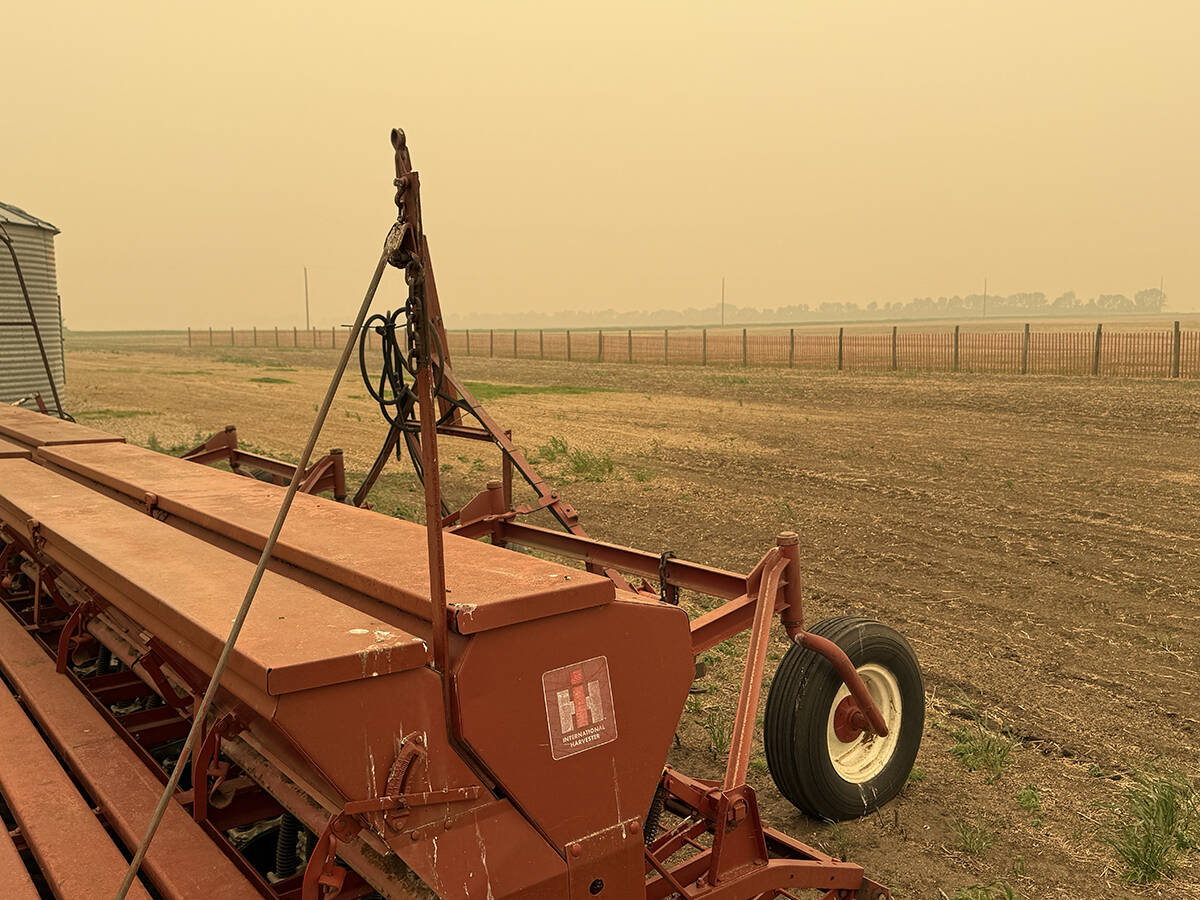
Wildfires have unexpected upside this year
One farmer feels smoke from nearby wildfires shrouded the July skies and protected his crop from the sun’s burning rays, resulting in more seeds per pod and more pods per plant.
Plant pathologists use three measuring sticks to evaluate diseases on crops:
Prevalence is the percentage of fields where symptoms of the disease are detected.
Incidence is the percentage of plants in a field with symptoms.
The severity of blackleg is based on a rating scale from zero to five, with five being the most severe.
Blackleg is a fungal disease also known as stem canker. It causes lesions to form on plant stems. The lesions can restrict moisture and nutrient uptake, eventually causing yield loss, says the Canola Council of Canada website.
Akhavan and other plant disease experts looked at 208 canola fields across the province in 2024.
The most troubling finding from the disease survey was the incidence of blackleg, or percentage of plants with symptoms.
Saskatchewan Agriculture has survey data going back to 2011 for blackleg. The record high for incidence was 15 per cent, in 2020.
The last couple of years, in 2022 and 2023, it was 11 and 12 per cent, respectively.
So, 23 per cent incidence of blackleg is a massive increase from previous years.
“That’s an all-time high, unfortunately,” Akhavan said.
“Our incidence almost (doubled) compared to last year.”
In May and June, it seemed to rain every day in Saskatchewan and other parts of the Prairies. Regina recorded 15 days of rainfall in June, based on weather station data from Environment Canada.
The frequent moisture allowed blackleg to establish on canola fields shortly after the crop popped out of the ground.
Akhavan heard anecdotal reports of blackleg appearing in canola from the cotyledon to six-leaf stage.
“This year we had perfect weather for blackleg establishment,” he said.
“(In spring) I had calls from people telling me they saw lesions. They were confident they were leaf lesions, caused by blackleg.”
Most crop diseases flourish when conditions are cool and wet.
That box was checked this spring, but blackleg may have caused more damage in 2024 because of the summer weather.

“Sometimes it’s most severe when you have cool and wet conditions in spring … and then you have really hot and dry at flowering and seed pod fill,” said Curtis Rempel, vice-president for crop production and innovation with the canola council.
The plant needs to move water to the developing pods, but blackleg cankers obstruct the flow through plant stems.
“You get this restriction because the shoot and root system is all plugged up,” Rempel said.
Given the results of the plant disease survey, it seems likely that blackleg hindered canola yields in Saskatchewan and on the Prairies. The provincial yield could be 33 bushels per acre, according to the Oct. 30 crop report from Saskatchewan Agriculture.
However, heat stress in July and August was a major contributor to poor canola yields. Other diseases such as sclerotinia and verticillium stripe also played a role.
Since so many factors were at play, it’s difficult to parse out the yield impact from blackleg, Akhavan said.
“(Nonetheless), I see this increase in blackleg incidence and severity as significant,” he added.
Looking ahead to next year, more canola stubble is infected with the blackleg fungus in Sask-atchewan.
If weather conditions are favourable for disease development next June, it could be a major risk for canola production in 2025, Akhavan said.
“If we get the same weather … blackleg would be a key issue.”


